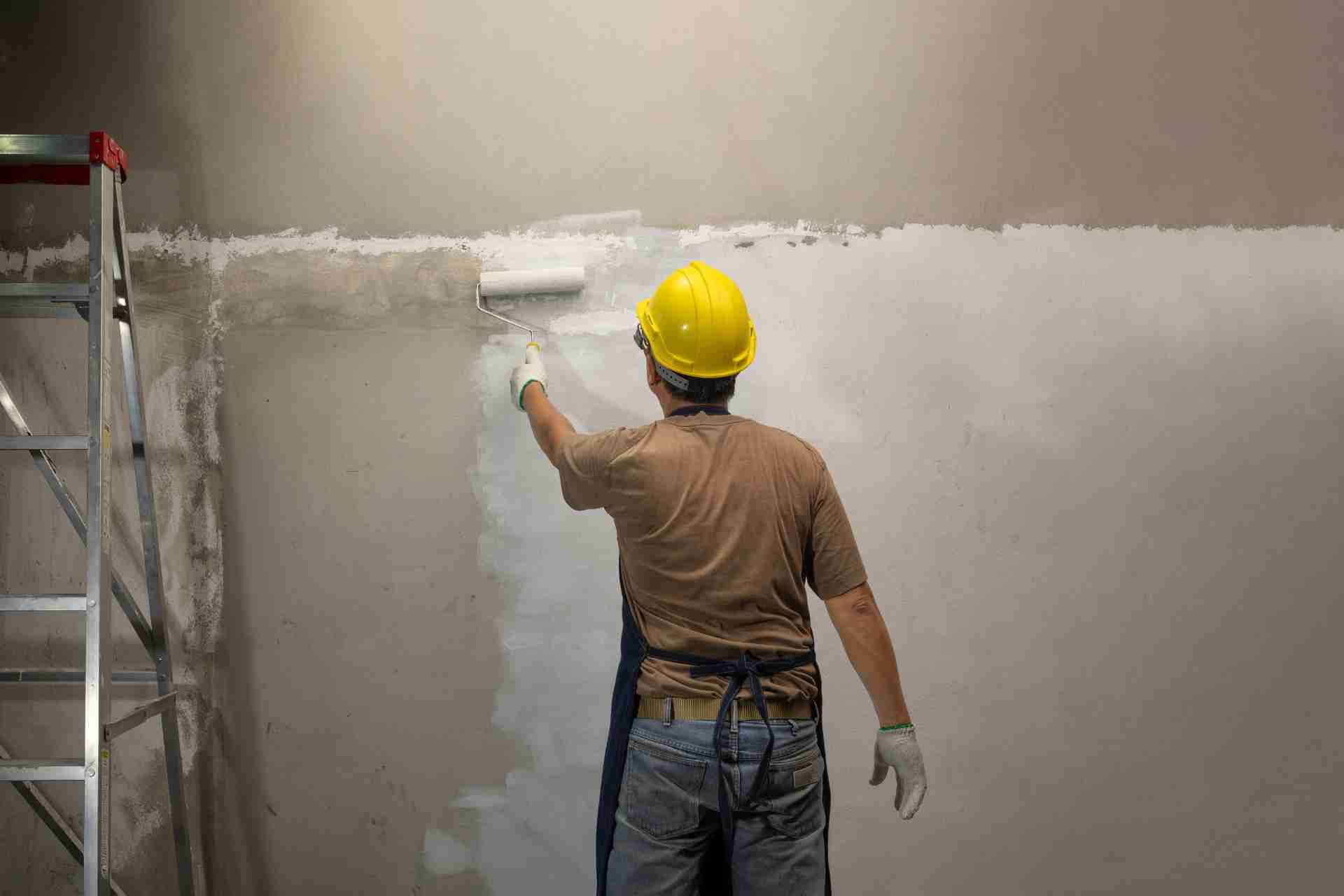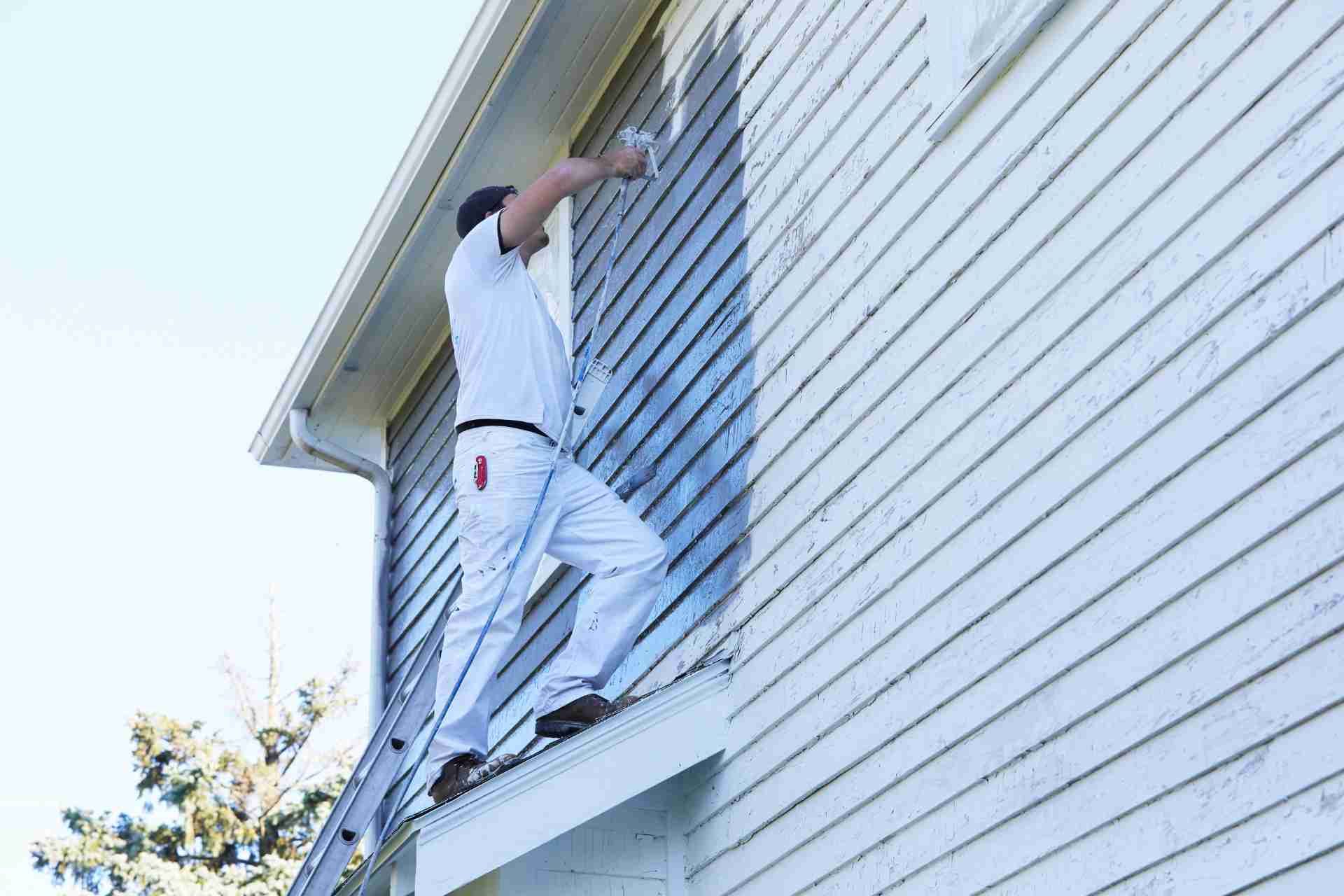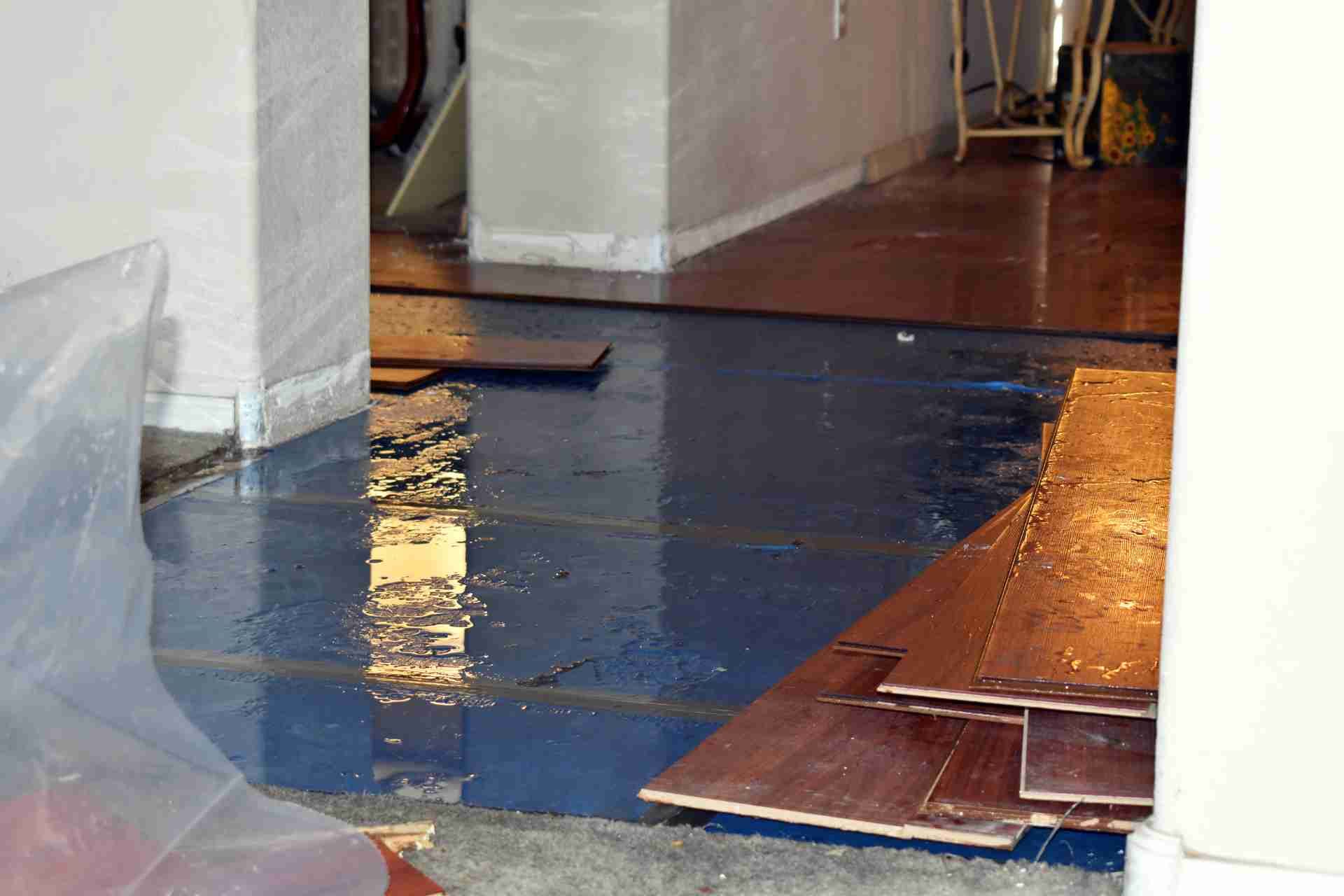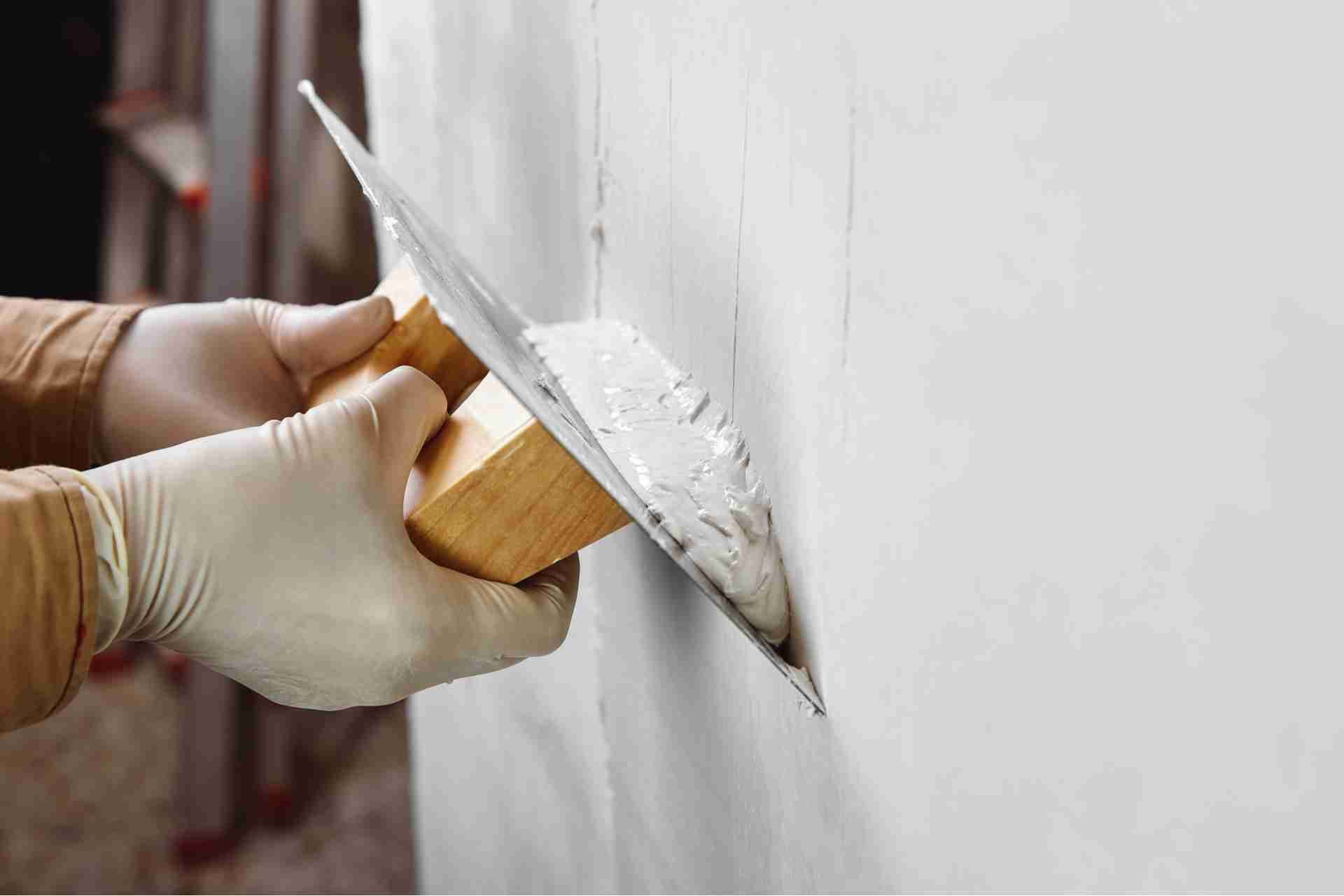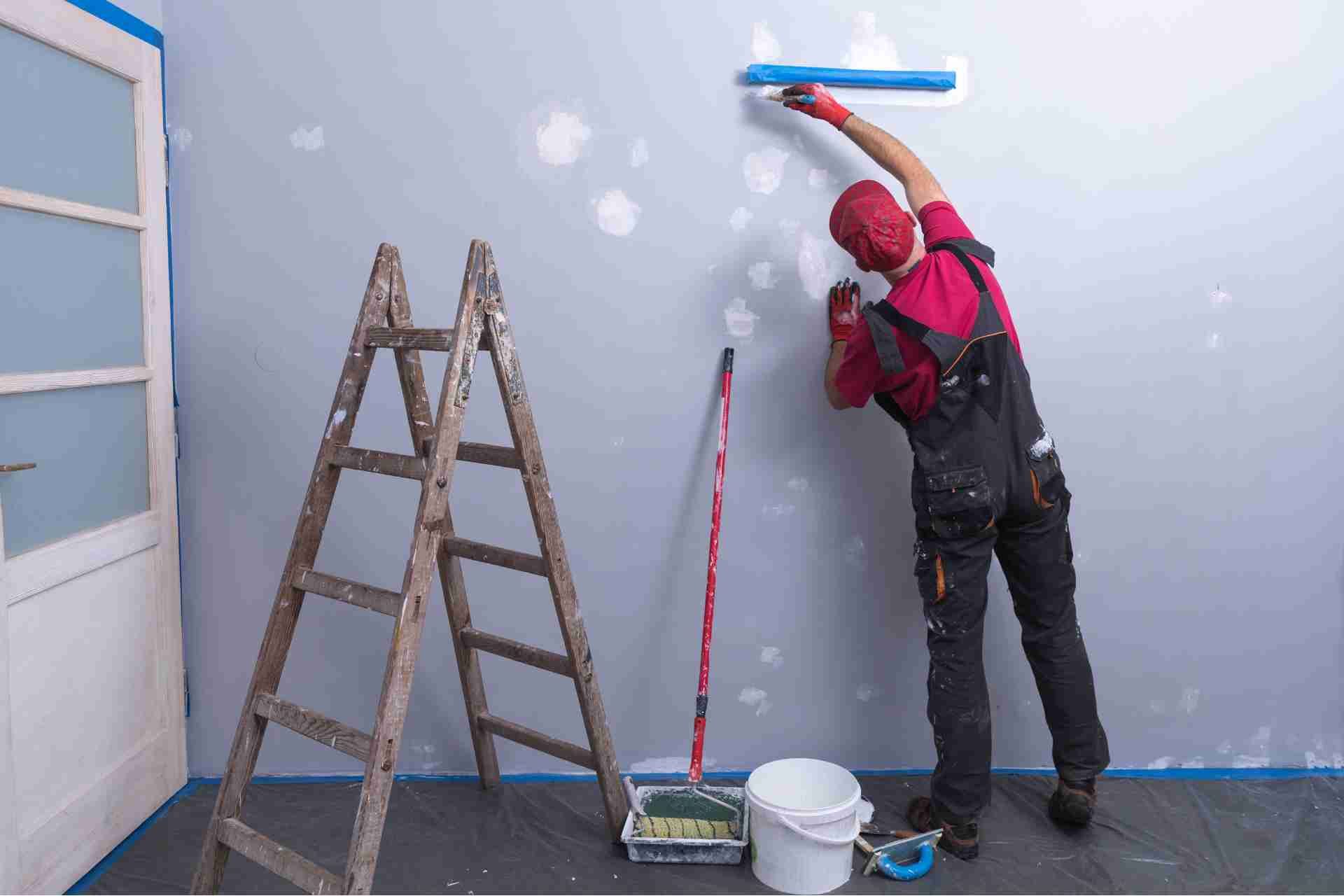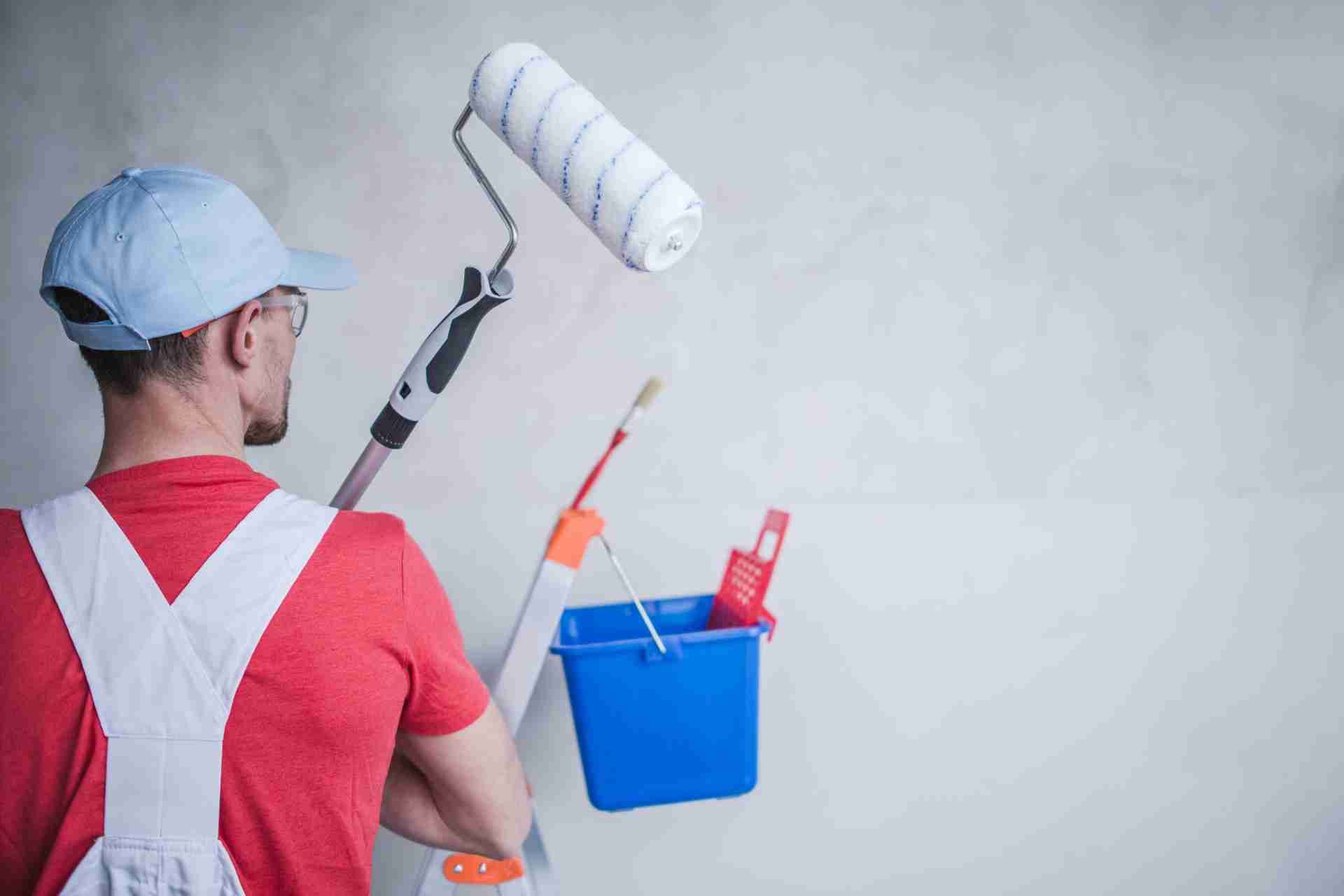Does Temperature Affect Paint?
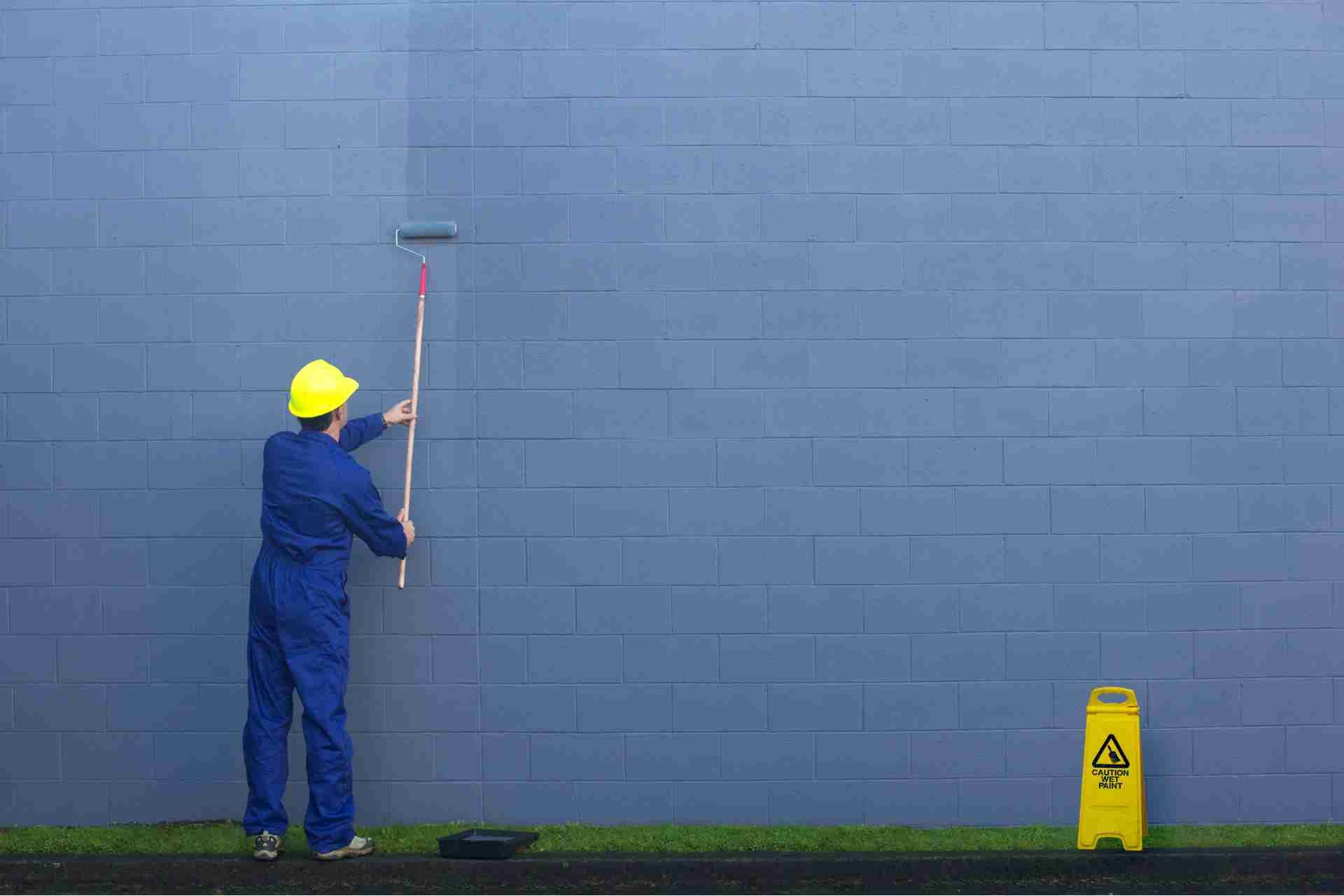
When you're planning a painting project, temperature is a key factor that can make or break your results. It affects how paint adheres, dries, and ultimately looks. If you don't pay attention to the ideal temperature ranges for different types of paint, you might end up with issues like poor adhesion or uneven finishes. Curious about how to tackle these challenges in varying conditions? Let's explore the nuances of temperature and paint performance.
The Science Behind Paint and Temperature
When you paint, the temperature can significantly affect how the paint behaves and adheres to surfaces.
Paints contain solvents that evaporate during the drying process. In cooler temperatures, this evaporation slows down, leaving the paint tacky longer and increasing the risk of dust and debris sticking to the wet surface.
Conversely, high temperatures can cause the solvents to evaporate too quickly, potentially leading to an uneven finish and visible brush strokes.
Additionally, temperature influences the viscosity of the paint, impacting its application. If it's too cold, the paint thickens, making it harder to spread.
Understanding these effects helps you choose the right conditions for your painting project, ensuring a smooth and durable finish.
Optimal Temperature Ranges for Different Paint Types
While each type of paint has its ideal application temperature, most latex paints perform best between 50°F and 85°F.
If you're using oil-based paints, aim for a slightly warmer range, ideally between 60°F and 90°F. This helps ensure proper drying and adhesion.
For spray paints, temperatures around 65°F to 85°F are often recommended; this allows for a smooth application and prevents running or dripping.
When working with primers, stick to similar ranges as the paints they'll be used with.
Remember, conditions like humidity can also impact performance, so be mindful of that alongside temperature.
Following these guidelines will help you achieve the best results for your painting projects, ensuring a smooth and lasting finish.
Effects of Cold Temperatures on Paint Application
Cold temperatures can significantly hinder paint application, leading to a range of issues.
When you try to paint in chilly conditions, the paint may not adhere properly to surfaces, resulting in peeling or flaking later on. You might also notice that the paint takes longer to level out, leaving brush or roller marks that aren't desirable.
Additionally, cold weather can cause the paint to thicken, making it harder to apply smoothly. If you're using water-based paints, they can freeze, ruining the product.
For the best results, aim to paint when temperatures are within the manufacturer's recommended range, ensuring better adhesion, coverage, and a flawless finish.
Planning around weather conditions can save you time and frustration.
How Heat Influences Paint Drying Times
Heat plays a crucial role in the drying times of paint, affecting how quickly you can finish your project. When temperatures rise, the solvent in the paint evaporates faster, allowing it to dry more quickly. This means you won't have to wait as long between coats, speeding up your entire painting process.
However, be cautious; if it gets too hot, the paint may dry too quickly, leading to issues like poor adhesion or an uneven finish. Ideally, you want to paint in conditions where it's warm but not scorching.
Aim for temperatures between 70°F and 85°F for optimal drying times. By understanding how heat influences drying, you can achieve the best results for your painting endeavors.
Humidity and Temperature: A Combined Effect
When painting, it's not just about the heat; humidity also plays a significant role in how paint behaves.
High humidity can slow down the drying process, making it challenging for you to achieve a smooth finish. When moisture is in the air, it interferes with the paint's evaporation, leading to longer drying times and potential issues like drips or runs.
Conversely, low humidity can speed up drying, which might sound good, but it can cause the paint to dry too quickly, leading to cracking or uneven application.
So, when you're planning your painting project, consider both temperature and humidity together. The right balance will help you achieve the best results.
Always check the weather before you start!
Tips for Painting in Extreme Temperatures
Painting in extreme temperatures can be challenging, but with the right strategies, you can still achieve a great finish.
First, check the paint's label for temperature recommendations; this can save you headaches later. If it's too hot, try to paint in the early morning or late afternoon when temperatures are cooler.
Conversely, in cold weather, ensure the area is heated to the manufacturer's suggested minimum temperature. Use slower-drying paint in high heat to allow for better leveling.
For cold conditions, consider using additives that improve flow and drying. Always keep your materials at room temperature before starting, and remember to maintain proper ventilation, especially in extreme heat.
Following these tips will help you paint effectively, regardless of the weather.
Conclusion
In conclusion, temperature plays a crucial role in your painting project's success. By sticking to the optimal temperature ranges for your chosen paint type, you can avoid issues like thickening or rapid drying. Remember that humidity also impacts your results, so keep an eye on both factors. With these tips in mind, you'll be better equipped to achieve a smooth, durable finish, no matter the conditions outside. Happy painting!

